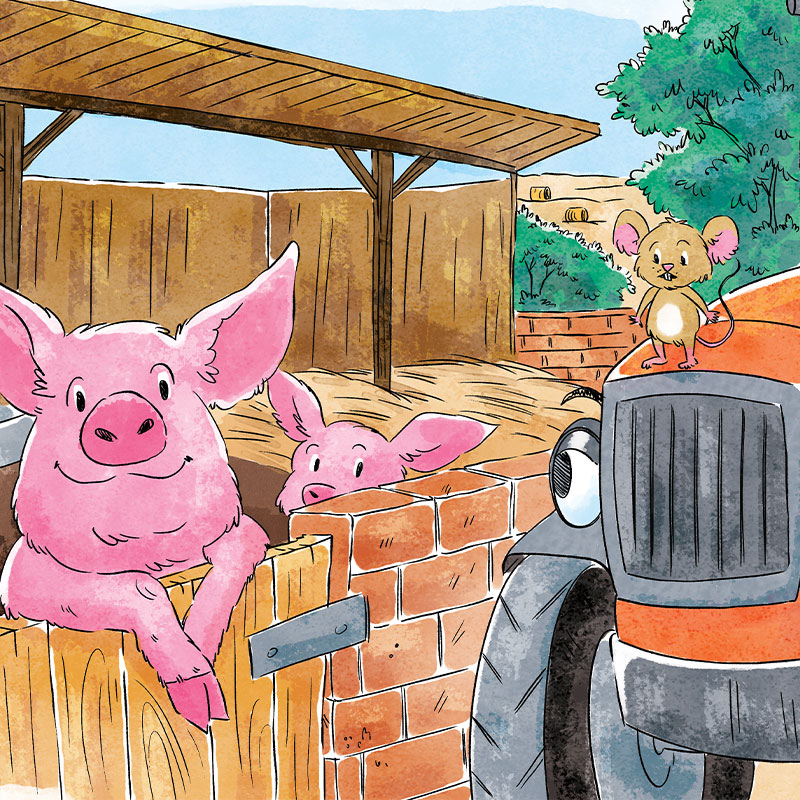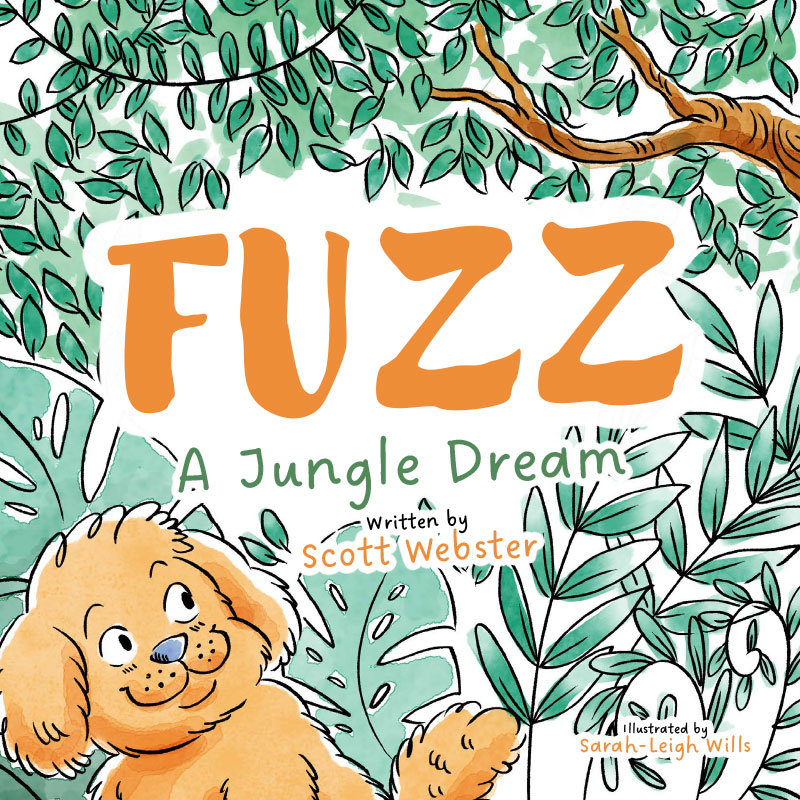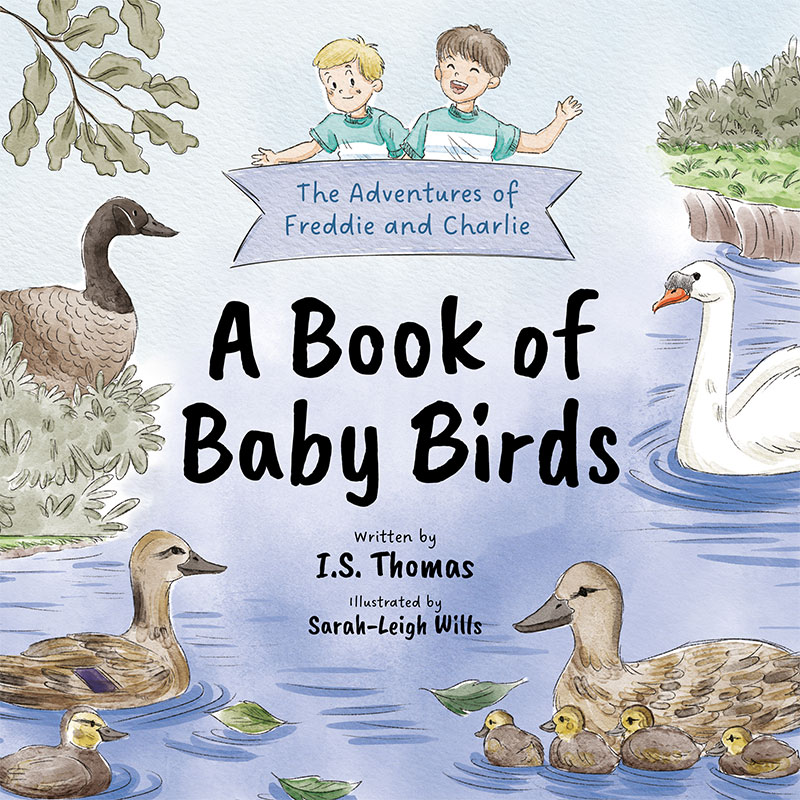Illustrations have long been an integral part of children’s books, captivating young readers and bringing stories to life. From the earliest days of children’s literature to the present, illustrations have undergone a remarkable evolution, reflecting changing societal values, technological advancements, and the unique visions of countless talented artists. This journey through time reveals how children’s book illustrations have been shaped by the influences of notable illustrators, artistic movements, and historical events. By examining the evolution of these illustrations, we gain a deeper appreciation for the power of visual storytelling and its ability to engage, educate, and inspire young minds.
In this article, we will explore the fascinating history of children’s book illustrations, tracing their development from the 19th century to the present day, and discover how these images have become an essential part of the literary landscape for children around the world.
Early Children’s Book Illustrations (19th Century)
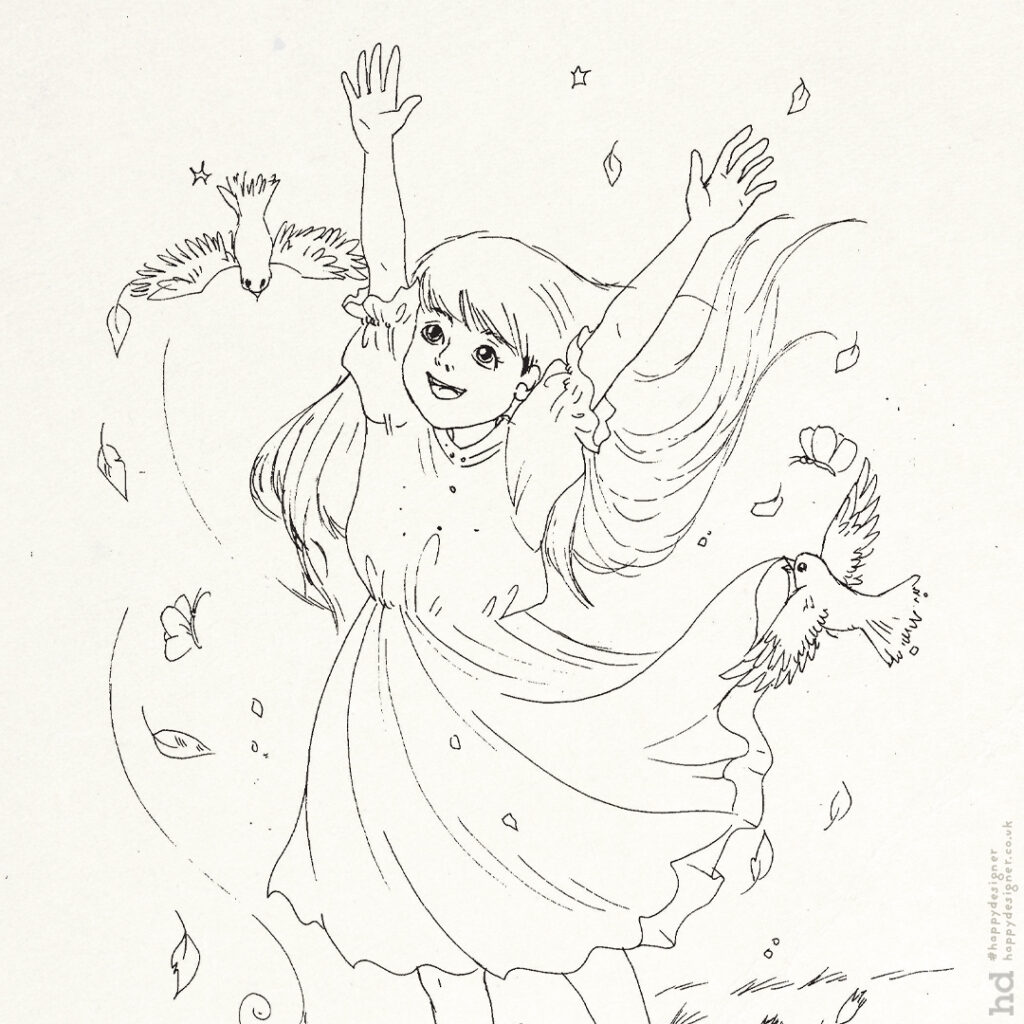
The 19th century marked the emergence of children’s literature as a distinct genre, with authors and illustrators beginning to create works specifically designed for young readers. During this period, illustrations were typically produced using woodblock printing techniques, which involved carving images into wooden blocks and then using them to print the illustrations onto the pages of the book. These illustrations were often hand-coloured, adding a vibrant and engaging visual element to the stories.
One of the most notable illustrators of this era was George Cruikshank, who provided illustrations for many popular children’s books, including editions of the Grimms’ Fairy Tales. His intricate and detailed illustrations brought classic stories like “Cinderella” and “Hansel and Gretel” to life, captivating young readers and setting the stage for future generations of illustrators.
Another significant figure in early children’s book illustration was John Tenniel, who is best known for his iconic illustrations in Lewis Carroll’s “Alice’s Adventures in Wonderland.” Tenniel’s precise and imaginative drawings perfectly captured the whimsical nature of Carroll’s story, creating a visual world that has become synonymous with the beloved tale.
Randolph Caldecott, often referred to as the “father of the modern picture book,” was another influential illustrator of the 19th century. His illustrations for “The Diverting History of John Gilpin” and other works showcased his ability to create lively and expressive characters that perfectly complemented the stories they accompanied.
The Victorian era had a significant impact on the style and themes of children’s book illustrations during this period. Many illustrations reflected the moral and didactic tone of the time, with images designed to teach children important lessons about proper behaviour and values. However, as the century progressed, illustrators began to experiment with more imaginative and playful styles, setting the stage for the golden age of children’s book illustration in the early 20th century.
The Golden Age of Children’s Book Illustrations (Early 20th Century)

The early 20th century is often referred to as the “Golden Age” of children’s book illustration, a period marked by significant advancements in printing technology and a flourishing of artistic talent. The introduction of colour lithography allowed for the mass production of books with vibrant, full-colour illustrations, making them more accessible and visually appealing to young readers.
The Arts and Crafts Movement, which emphasised the value of handcrafted goods and the importance of nature, had a significant influence on the style of illustrations during this period. Many illustrators drew inspiration from the movement’s ideals, creating images that celebrated the beauty of the natural world and the joy of childhood.
One of the most beloved illustrators of the Golden Age was Beatrix Potter, whose charming tales of anthropomorphic animals, such as “The Tale of Peter Rabbit,” have become classics of children’s literature. Potter’s delicate and detailed illustrations, which she created using a combination of watercolour and pen and ink, brought her characters to life and helped to establish the picture book as a distinct genre.
Arthur Rackham, known for his ethereal and fantastical illustrations, was another notable figure of this era. His work on books like “Rip Van Winkle” and “Alice’s Adventures in Wonderland” showcased his mastery of line and colour, creating dreamlike images that perfectly captured the magic and wonder of the stories they accompanied.
Edmund Dulac and Kay Nielsen were also prominent illustrators during the Golden Age, known for their opulent and stylized illustrations that drew inspiration from Art Nouveau and other artistic movements of the time. Dulac’s illustrations for “The Sleeping Beauty and Other Fairy Tales” and Nielsen’s work on “East of the Sun and West of the Moon” are prime examples of the lavish and intricate style that characterised this period.
The outbreak of World War I had a profound impact on children’s book illustration, as the conflict’s brutality and devastation led to a shift in tone and subject matter. Many illustrators began to create images that emphasised themes of hope, resilience, and the importance of cherishing the innocence of childhood in the face of adversity. This shift in focus would continue to shape the evolution of children’s book illustration in the decades to come.
Mid-20th Century Children’s Book Illustrations
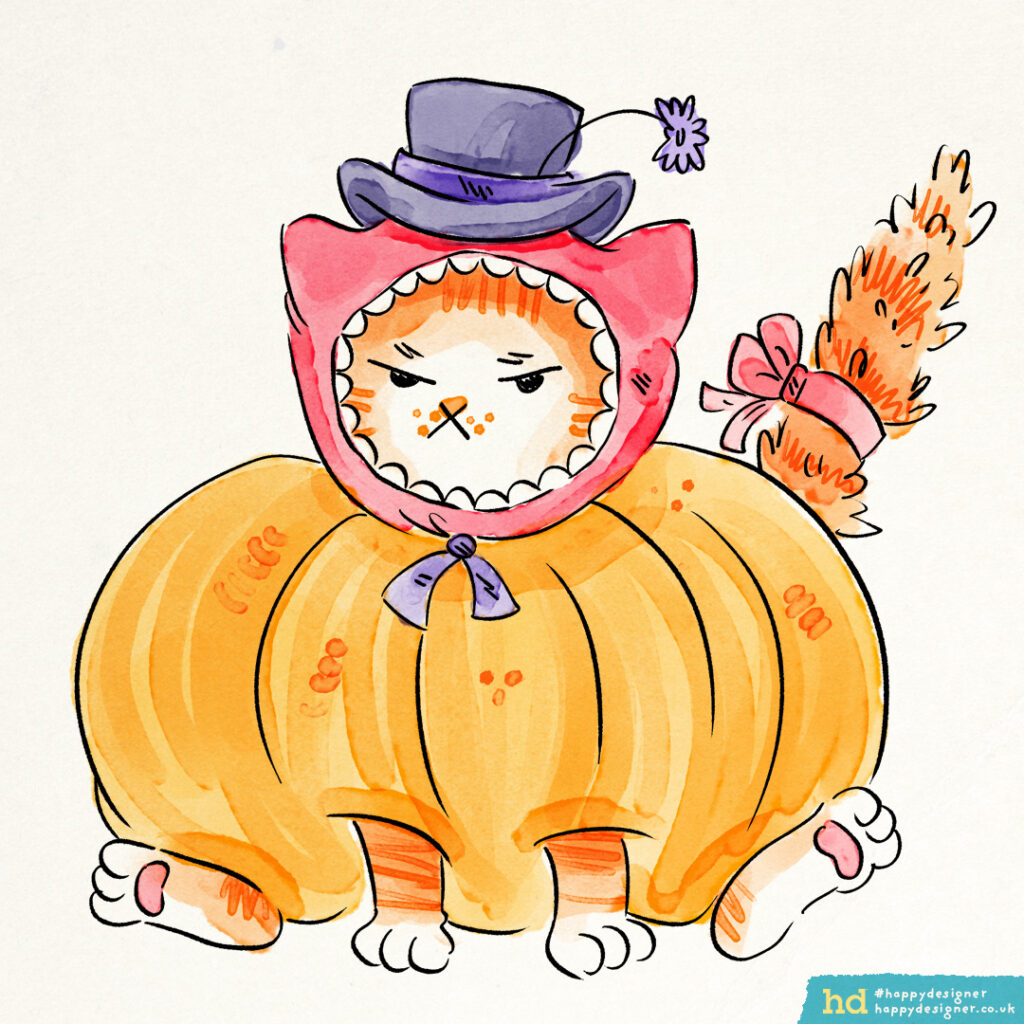
The mid-20th century saw a significant shift in the style and subject matter of children’s book illustrations, as artists began to experiment with new techniques and respond to the changing social and cultural landscape of the time. The rise of modernism and the influence of avant-garde artistic movements led to a more experimental and stylized approach to illustration, with artists exploring new ways of representing the world and engaging young readers.
One of the most influential illustrators of this period was Dr. Seuss, whose bold, colourful, and quirky illustrations became synonymous with his beloved rhyming stories. Books like “The Cat in the Hat” and “Green Eggs and Ham” showcased Seuss’s unique visual style, which combined simple shapes and playful characters to create a world that was both whimsical and instantly recognizable.
Maurice Sendak was another groundbreaking illustrator of the mid-20th century, best known for his masterpiece “Where the Wild Things Are.” Sendak’s illustrations, which blended elements of realism and fantasy, explored the complex emotional lives of children and the power of imagination. His work challenged traditional notions of what children’s book illustrations could be, paving the way for a new generation of artists.
Ezra Jack Keats, the creator of “The Snowy Day,” was a pioneer in representing diversity in children’s literature. His illustrations featured African American characters in everyday settings, helping to break down racial stereotypes and promote inclusivity in children’s books. Keats’s collage-style illustrations, which combined painted paper cutouts with bold, graphic shapes, became a hallmark of his work and inspired countless other artists.
Eric Carle, the illustrator behind the beloved classic “The Very Hungry Caterpillar,” developed a unique style that combined bright, colourful collages with simple, repetitive text. His illustrations, which often featured animals and nature themes, were designed to engage young readers and help them learn basic concepts like numbers, colours, and the days of the week.
The mid-20th century also saw children’s book illustrations reflecting the social and cultural changes of the time. The Civil Rights Movement, Women’s Liberation Movement, and growing environmental awareness all had an impact on the themes and subject matter of children’s books. Illustrators began to create images that celebrated diversity, challenged gender stereotypes, and encouraged young readers to appreciate and protect the natural world. These changes laid the foundation for the continued evolution of children’s book illustration in the decades to come.
Contemporary Children’s Book Illustrations (Late 20th Century to Present)
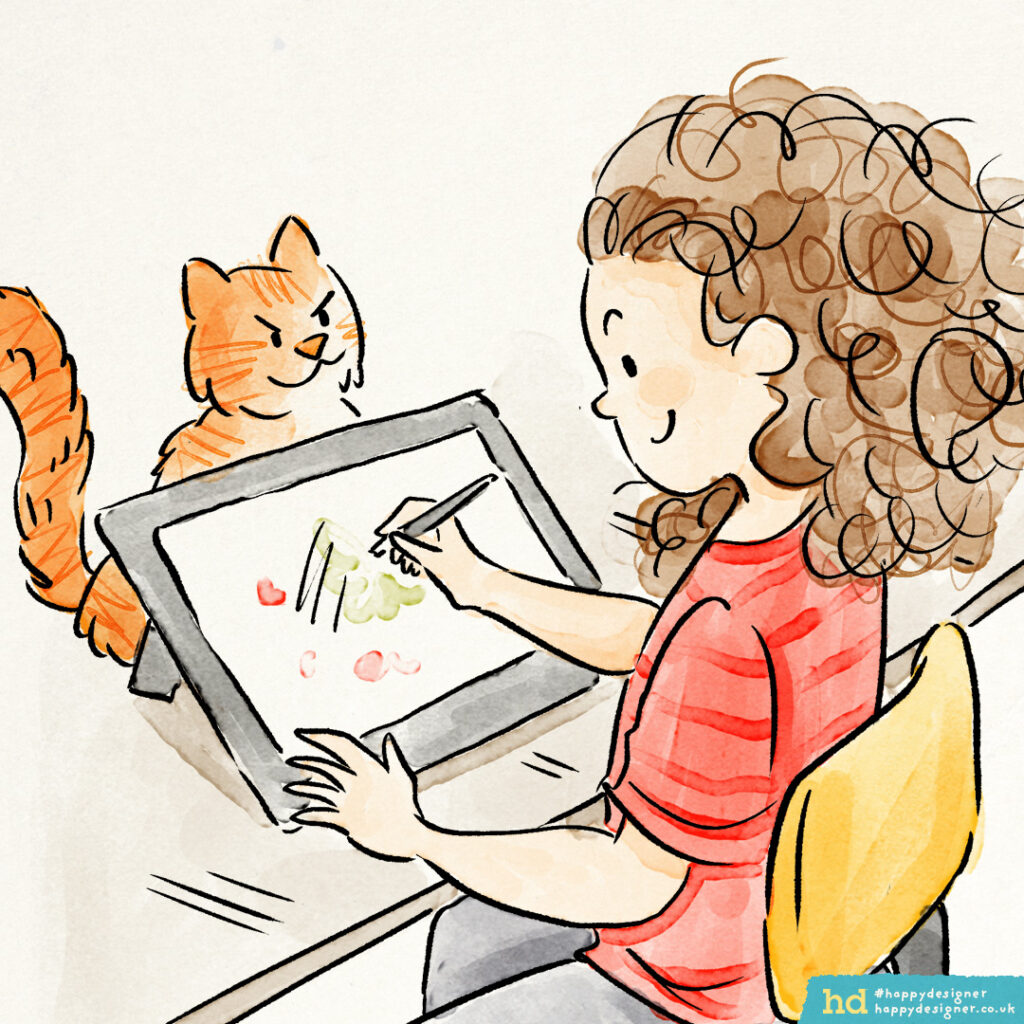
The late 20th century and the early 21st century have seen a continued evolution in children’s book illustrations, driven by advances in digital technology, a growing emphasis on diversity and representation, and the influence of a globalised world. Contemporary illustrators have embraced a wide range of styles and techniques, from traditional hand-drawn illustrations to digital art and mixed media, creating a rich and varied visual landscape for young readers.
The impact of digital technology on illustration has been significant, with many artists now using computer software to create, edit, and enhance their work. Digital tools have allowed for greater flexibility and experimentation in illustration styles, enabling artists to create images that are more complex, layered, and dynamic than ever before. However, many illustrators continue to work in traditional media, such as watercolour, pencil, and collage, or combine digital and traditional techniques to create unique and compelling illustrations.
Diversity and representation have become increasingly important in contemporary children’s book illustrations, with a growing recognition of the need for books that reflect the experiences and identities of all children. Illustrators have played a key role in this effort, creating images that feature characters from a wide range of racial, cultural, and ethnic backgrounds, as well as those with disabilities and diverse family structures. This focus on inclusivity has helped to make children’s literature more accessible and relevant to young readers from all walks of life.
Notable contemporary illustrators include Quentin Blake, whose lively and expressive illustrations have become synonymous with the works of beloved children’s author Roald Dahl, including “Matilda” and “Charlie and the Chocolate Factory.” Lane Smith, known for his offbeat and humorous illustrations in books like “The Stinky Cheese Man and Other Fairly Stupid Tales,” has pushed the boundaries of traditional children’s book illustration, incorporating elements of surrealism and postmodernism into his work.
Shaun Tan, an Australian illustrator, has gained international acclaim for his powerful and thought-provoking illustrations in books like “The Arrival,” which tells the story of the immigrant experience through a series of wordless images. Oliver Jeffers, an Irish illustrator and author, has created a series of popular picture books, including “The Day the Crayons Quit,” which feature his distinctive style of combining hand-drawn and digital illustrations to create whimsical and engaging stories.
The rise of graphic novels and hybrid books for children has also had a significant impact on contemporary illustration, with many artists exploring the potential of sequential art and visual storytelling to engage young readers. These books often tackle complex themes and subjects, such as history, science, and social issues, using a combination of text and illustrations to create rich and immersive reading experiences.
Globalisation has also played a role in shaping contemporary children’s book illustrations, with an increasing number of books being translated and adapted for international audiences. This has led to a greater exchange of ideas and styles among illustrators from different parts of the world, as well as collaborations between authors and illustrators from diverse cultural backgrounds. The result has been a more diverse and inclusive body of children’s literature that reflects the experiences and perspectives of children from around the globe.
As we move further into the 21st century, the evolution of children’s book illustrations continues apace, with new technologies, artistic movements, and social and cultural shifts shaping the way that stories are told and visualised for young readers.
The Future of Children’s Book Illustrations
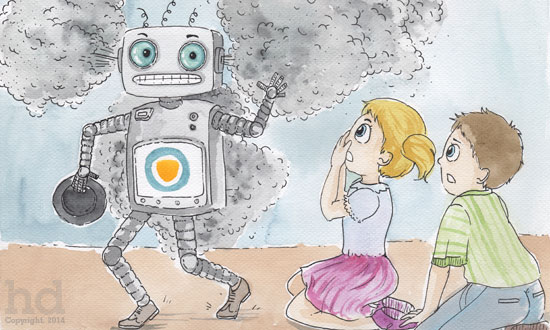
As we look to the future of children’s book illustrations, it is clear that technology will continue to play a significant role in shaping the way that stories are visualised and presented to young readers. The increasing sophistication of digital tools and platforms is likely to open up new possibilities for illustrators, enabling them to create images that are more interactive, immersive, and engaging than ever before.
One area of particular interest is the potential for augmented reality (AR) technology to transform the way that children experience book illustrations. By using AR apps and devices, readers could potentially interact with illustrations in real-time, bringing characters and scenes to life in new and exciting ways. This could create a more dynamic and participatory reading experience, encouraging children to engage more deeply with the stories and ideas presented in the books they read.
At the same time, the growing emphasis on diversity and inclusion in children’s literature is likely to continue to shape the evolution of book illustrations in the coming years. As publishers and creators seek to create books that reflect the experiences and identities of all children, illustrators will play an increasingly important role in creating images that are representative, authentic, and culturally sensitive. This may involve collaborations with artists and writers from diverse backgrounds, as well as a greater emphasis on research and cultural competency in the illustration process.
The role of children’s book illustrations in fostering literacy and a love of reading is also likely to remain a key focus in the years ahead. As research continues to demonstrate the importance of early exposure to books and reading for children’s cognitive and social development, illustrators will be called upon to create images that are engaging, educational, and inspiring for young readers. This may involve a greater emphasis on illustrations that support language development, critical thinking skills, and creativity, as well as those that encourage children to explore new ideas and perspectives.
Ultimately, the future of children’s book illustrations will be shaped by a complex interplay of technological, social, and cultural factors, as well as the creativity and vision of the artists and writers who bring these stories to life. As we move forward, it is clear that illustrations will continue to play a vital role in the world of children’s literature, helping to inspire and engage new generations of readers and thinkers.
Conclusion: Evolution of Children’s Book Illustrations
The evolution of children’s book illustrations over the past two centuries has been a remarkable journey, reflecting the changing social, cultural, and technological landscape of the times. From the early days of woodblock printing and hand-coloured illustrations to the digital art and interactive technologies of today, illustrators have continually pushed the boundaries of what is possible in the realm of visual storytelling for children.
Throughout this journey, the enduring importance of illustrations in children’s literature has remained constant. Whether serving as a complement to the written word or standing alone as a powerful form of visual narrative, illustrations have the ability to engage, educate, and inspire young readers in ways that words alone cannot. They help to bring stories to life, spark the imagination, and create a sense of wonder and delight that can stay with a child for a lifetime.
As we have seen, the evolution of children’s book illustrations has been shaped by the contributions of countless talented artists, from the pioneering work of early illustrators like Randolph Caldecott and Beatrix Potter to the boundary-pushing experimentation of contemporary artists like Shaun Tan and Oliver Jeffers. Each of these illustrators has brought their own unique vision and style to the world of children’s literature, helping to create a rich and diverse body of work that reflects the full spectrum of human experience and imagination.
It is clear that children’s book illustrations will continue to evolve and adapt to the changing needs and expectations of young readers. Whether through the use of new technologies, the exploration of diverse themes and perspectives, or the creation of ever more engaging and immersive visual experiences, illustrators will play a vital role in shaping the literary landscape for generations to come. In doing so, they will help to ensure that the magic and wonder of children’s literature endures, inspiring and delighting readers of all ages for years to come.
Bring your stories to life with vibrant and captivating illustrations from Happydesigner – start your creative journey today!
Further Reading
For more on the history and evolution of children’s book illustrations, consider these resources:
- Center for Children’s Literature – Bank Street College of Education
This resource offers workshops, guides, and content for learning and social-emotional/aesthetic development in children’s literature. - Children’s literature | History, Books, Types, Awards, & Facts
Britannica provides an extensive overview of children’s literature, including its history, types, and significant awards. - SDG Book Club – United Nations Sustainable Development
This initiative by the United Nations promotes children’s books that support the Sustainable Development Goals, encouraging young readers to take action for a better future.
- Children’s literature – Wikipedia Wikipedia offers a comprehensive entry on children’s literature, covering its history, major works, and influential authors and illustrators.

